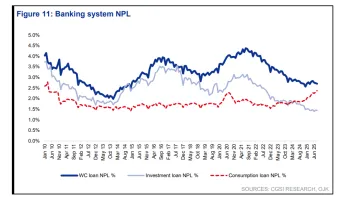
Card payments in New Zealand to grow 6.5% in 2023:GlobalData
It will reach about NZ$102.4b.
New Zealand's card payments market will experience an expansion of 6.5%, reaching NZ$102.4b in 2023, driven by economic recovery and a rising consumer preference for electronic payments, according to GlobalData.
In 2020, New Zealand faced a 10.5% decline in card payments due to the impact of the COVID-19 pandemic and the subsequent recession. However, the nation's card market rebounded as the economy improved, exhibiting 1.0% growth in 2021 followed by 6.6% growth in 2022.
“The payment card market in New Zealand is mature, with individuals on average owning more than three cards. The frequency of card payments remains notably high at 92.7 in 2022. The accessibility to formal financial services is seamless, contributing to a populace that is exceedingly at ease with using credit and debit cards for both online and in-store transactions,” Ravi Sharma, Lead Banking and Payments Analyst at GlobalData, said.
Consumer payment habits have shifted notably since the pandemic, with a significant number of individuals transitioning from cash payments to digital alternatives. ATM cash withdrawals decreased by 20.9% and 5.9% in 2020 and 2021, respectively, with this trend continuing in 2022 with a 3.4% decline.
ALSO READ: India’s card payments market to rise 28.6% to $337.1b in 2023
Within different card types, credit and charge cards are favored over debit cards, constituting 53.7% of total card payments in 2023.
This preference can be attributed to benefits like reward points and discounts at partner retailers. Debit cards make up the remaining 46.3% share.
To encourage greater card acceptance among merchants, New Zealand introduced new legislation in November 2022 to regulate interchange fees on card payments.
Under these regulations, interchange fees for consumer credit card transactions were capped at 0.8%, down from the previous range of up to 2.25%. Similarly, online and contactless debit card transactions were capped at 0.6% and 0.2%, respectively.
“Consistent endeavors by the financial regulators to enhance knowledge about electronic payments and foster the expansion of payment acceptance infrastructure have further bolstered the progression of card payments.” Sharma added.



















 Advertise
Advertise






